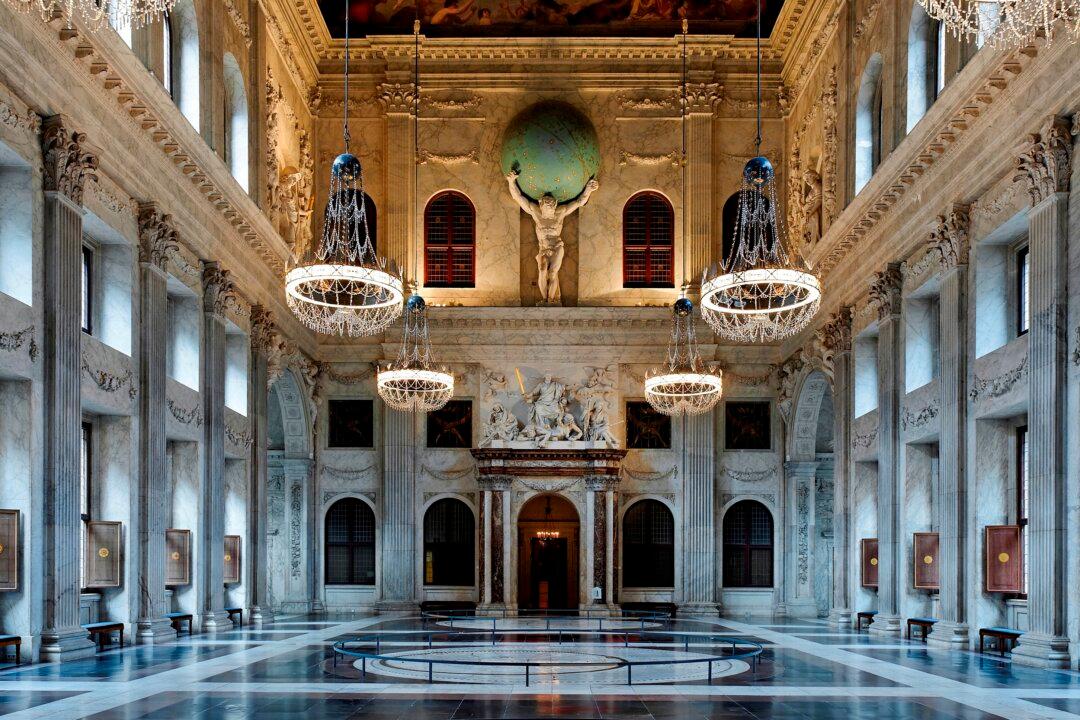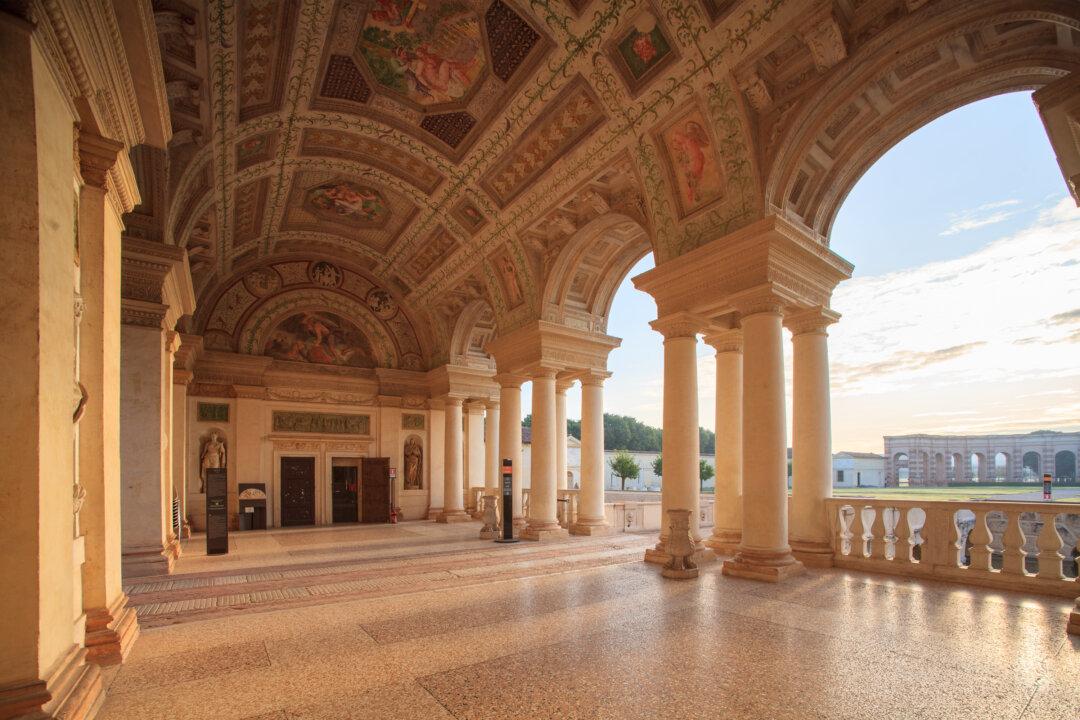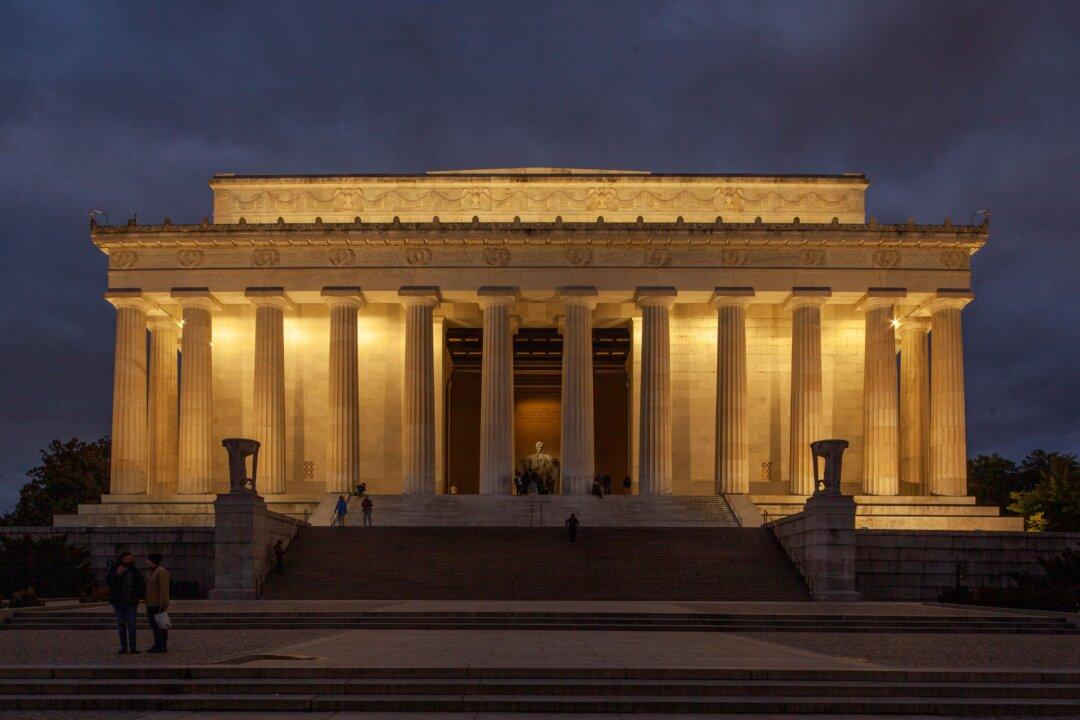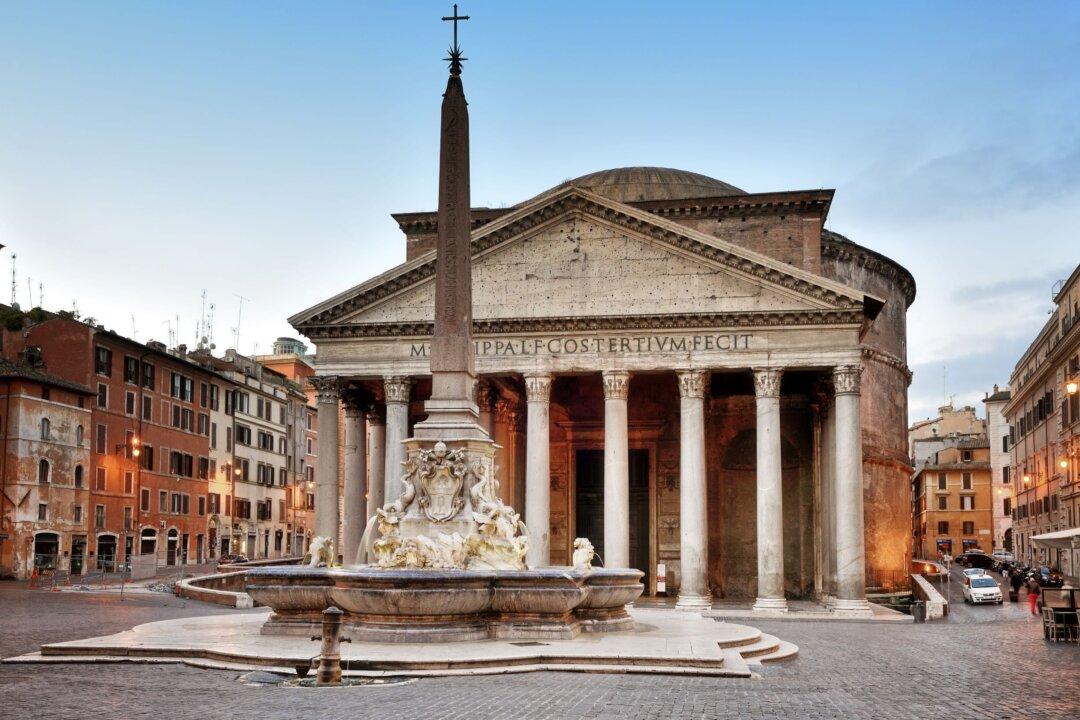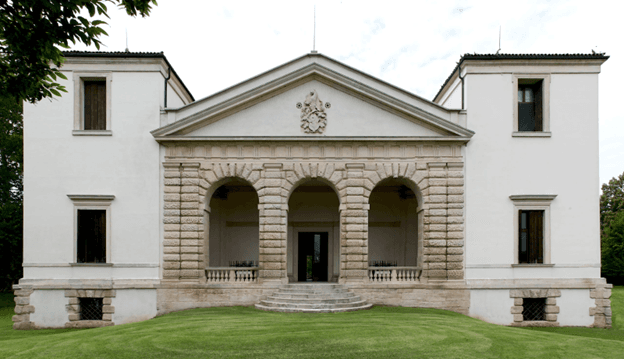The Royal Palace was originally the Town Hall of Amsterdam, created in the 17th-century golden era of Holland. It was a time when Amsterdam and its fleet of ships held a dominant trading position, attracting great wealth to the nation’s capital.
When the population grew fivefold, a new town hall was needed to serve the people. Jacob van Campen was the appointed architect. He designed in the Dutch classical style, drawing on the proportions and spatial designs found in classical architecture.

